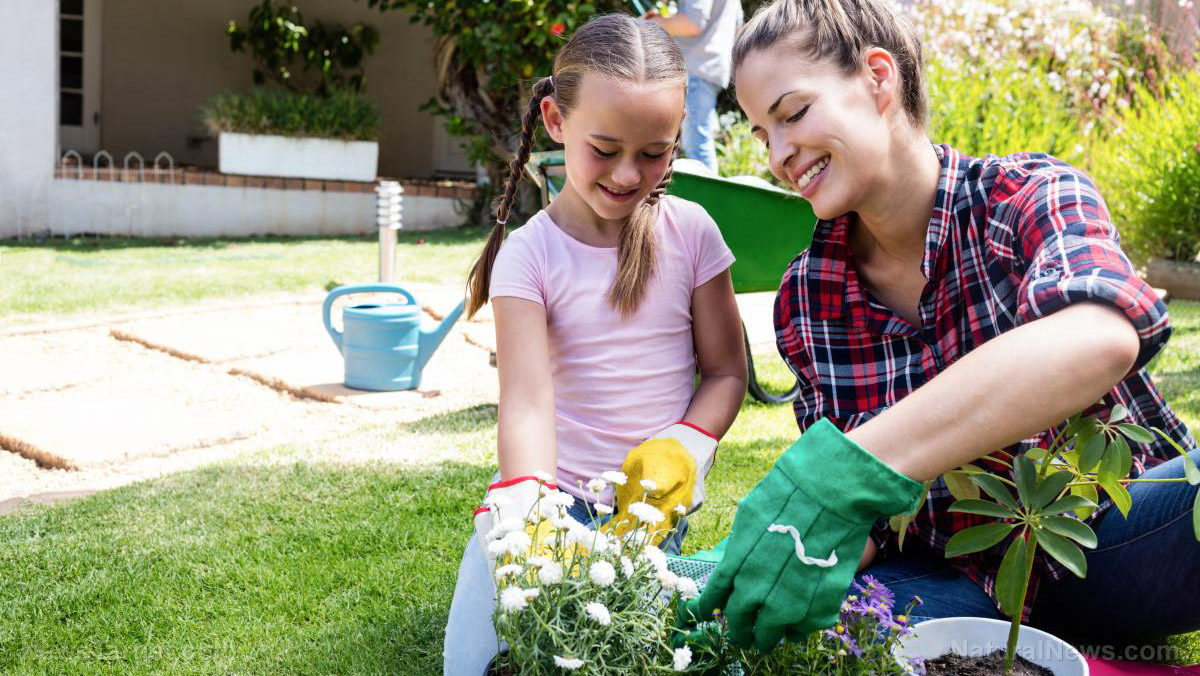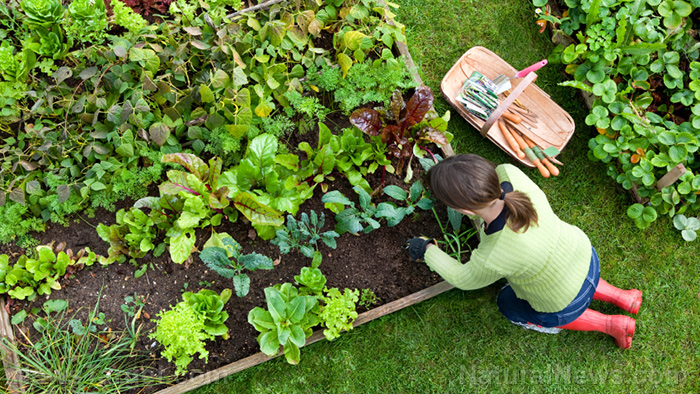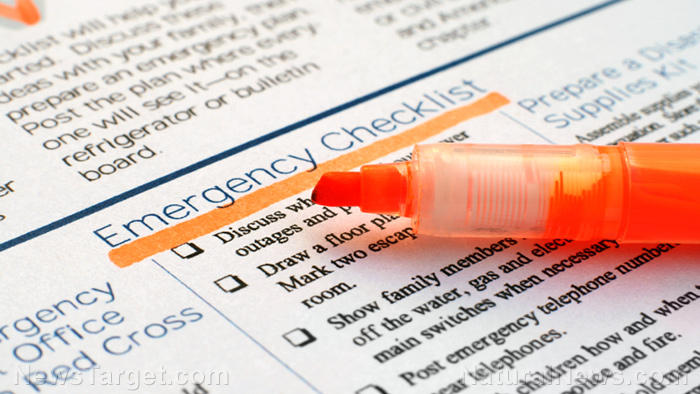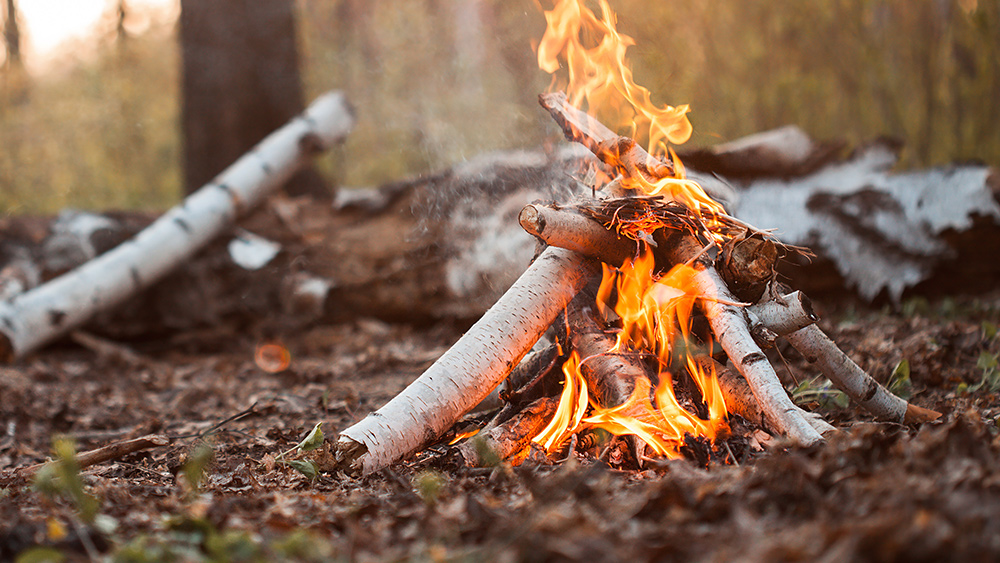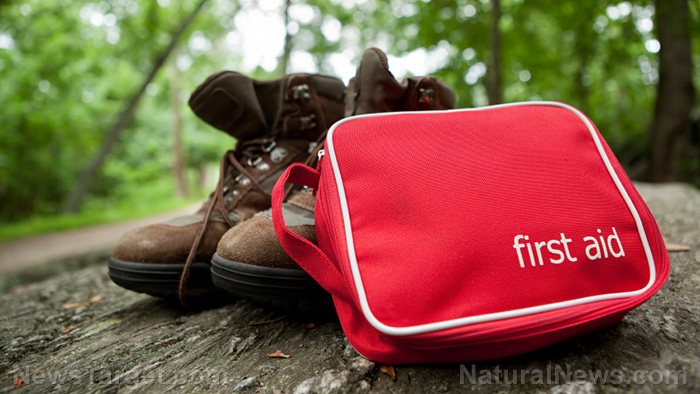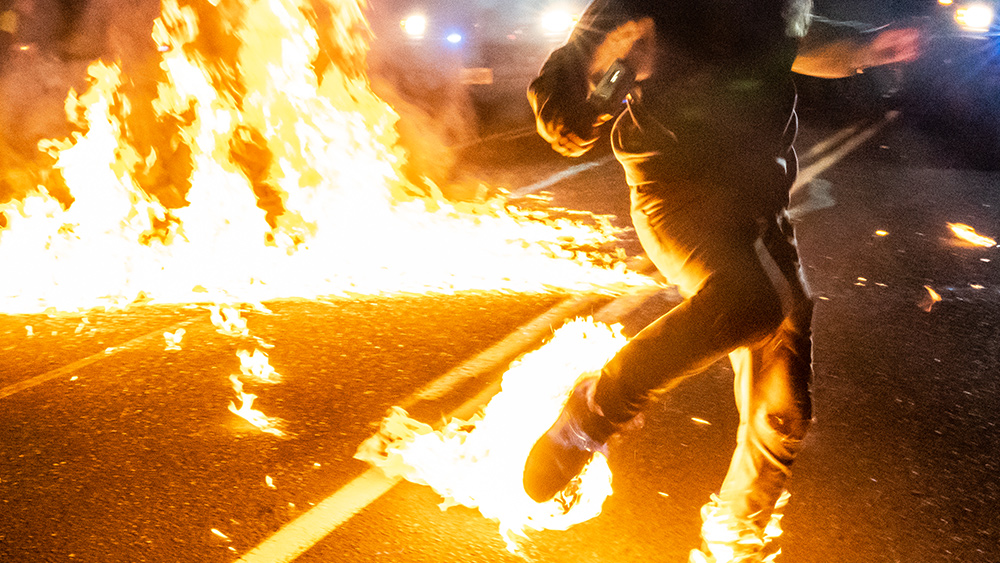Prepper fitness: Why is physical health important for survival?
05/24/2023 / By Zoey Sky

Whether you’re worried about a natural disaster or a terrorist attack, you must be always be prepared for any kind of emergency. Your preparation should involve making sure you are healthy and strong enough to complete various chores on your homestead, or evacuate with your gear and supplies when things go south.
The sections below will discuss the importance of physical health for survival preparedness. You will also find out how fitness can help when SHTF; what types of exercises and training can help improve your strength and stamina; and how to build a fitness routine that will improve your chance of getting through a survival scenario. (h/t to TheRealSurvivalists.com)
Importance of fitness for survival preparedness
Disaster preparedness involves stockpiling supplies like food, water, first aid items and medicine. These things are very important for your survival, but other factors can also help you survive, like physical fitness.
There are several reasons why physical fitness is crucial for survival preparedness.
First, being physically fit can help you avoid injuries. It can also help you run to safety when disaster strikes or successfully defend yourself against enemies. In short, being fit can help you move quickly and avoid danger. (Related: Prepper fitness: Exercise regularly so you can survive in a post-SHTF world.)
Physical fitness is also important because it can help you build strength and endurance. When SHTF, you may need to lift heavy objects, climb stairs or steep hills, or walk long distances with a heavy bag full of gear.
This can be a problem for someone who doesn’t exercise at all, but if you are in good physical shape, you won’t have too much trouble doing these tasks. Being fit means you can also conserve energy and stay focused on your survival.
Exercise and training for survival preparedness
To improve your chance of survival when SHTF, start by doing certain types of exercise training. However, you have to consider several factors, such as your current fitness level, age and specific fitness goals.
Some types of exercise training are especially helpful for survival preparedness. These include:
Strength training
Building your muscle strength is important, especially if you are responsible for chores that involve lifting heavy objects or other physically demanding tasks in your homestead.
Cardiovascular training
Improving your cardiovascular fitness can help boost your endurance and stamina. This will make it easier for you to travel long distances or run for short periods.
Balance and agility training
Balance and agility training exercises can help you avoid falls and injuries, which is crucial during a disaster when medical care may be limited or even unavailable.
Building a fitness routine for survival preparedness
Check out the tips below if you are planning to build a fitness routine that will help you prepare for disasters and emergencies.
Start slowly
If you are used to a sedentary lifestyle, start slowly and gradually increase the intensity and duration of your workouts. This can help prevent accidents and injuries.
Before you start your exercise routine, walk and warm up for at least five to 10 minutes. When you’re done, stretch your arms and legs as you cool down for five to 10 minutes.
If you are having trouble with your routine, make sure you are focusing on form, not weight. Having poor form can cause injuries and slow gains. Always align your body correctly and move smoothly through each exercise.
When learning a strength training routine, it is best to start with very light weight. Concentrate on slow, smooth lifts and equally controlled descents while isolating the desired muscle group.
Be consistent
For best results, maintain your exercise routine and be consistent. Things will be hard on the first week or so, but once you are used to exercising, you might even look forward to your routine.
Try to exercise regularly, ideally at least three to four times every week. Choose exercises that will help work all the major muscles of your body two or three times a week.
If you are strong enough, you can do one full-body strength workout two or three times a week. Alternatively, you can break your strength workout into upper- and lower-body components. If you go with this option, perform each component two or three times a week.
Try different exercises
Try a variety of exercises to balance your routine. Include strength training, cardiovascular training and balance and agility training in your routine.

If you find that your progress has plateaued after some time, try to challenge your muscles by slowly increasing weight or resistance.
Keep in mind that the right weight for you will vary depending on the exercise. Choose a weight that tires your targeted muscle or muscles by the last two repetitions while still allowing you to maintain good form.
If you are too weak to do the last two reps, choose a lighter weight.
If it feels too easy to complete, add more weight, at least one to two pounds for your arms and two to five pounds for your legs, or add another set of repetitions to your workout (do at least three sets).
If you add weight, you should be able to do all the repetitions with good form and the targeted muscles should feel tired by the last two reps.
Try to have fun while exercising
If you often feel bored or unmotivated to work out, make changes to your routine.
Try other fun activities that you enjoy, like hiking, swimming or even martial arts. If you find that exercising alone feels a bit lonely, ask your family members to exercise with you. You’ll then have someone to keep you in check if you feel like skipping your workout for the day.
Stay motivated
Exercise requires discipline, but you also need to motivate yourself.
While the goal is to improve your chance of survival, exercising can feel more rewarding if you set goals for yourself, track your progress and reward yourself for meeting certain milestones, like meeting your target weight or being able to run a certain distance.
Benefits of fitness for survival preparedness
Improving your physical fitness does more than just help you avoid injury and build strength and endurance.
When SHTF, being in good physical shape can also help you manage stress and anxiety. If you are healthy, your body will be better equipped to handle the physical and emotional stress caused by a disaster.
Additionally, physical fitness can help improve your mental clarity and decision-making abilities. If you are fit, you are more likely to think clearly and make good decisions under pressure, which can be crucial when dealing with an emergency.
Watch the video below for more tips on how to stay active as you also prep before disaster strikes.
This video is from the Cahlen channel on Brighteon.com.
More related stories:
Prepper fitness: Want to survive when SHTF? Follow these doomsday workout tips.
Health and prepping: Why your physical fitness is an important aspect of your survival plan.
Ways to develop mental toughness and a survivor mindset when SHTF.
Sources include:
Submit a correction >>
Tagged Under:
disaster, exercise, fitness, physical fitness, preparedness, prepper, prepping, SHTF, survival, Survival Tips, training
This article may contain statements that reflect the opinion of the author
Get independent news alerts on natural cures, food lab tests, cannabis medicine, science, robotics, drones, privacy and more from NewsTarget.com
Get independent news alerts on natural cures, food lab tests, cannabis medicine, science, robotics, drones, privacy and more from NewsTarget.com
RECENT NEWS & ARTICLES
COPYRIGHT © 2017 · SURVIVAL NEWS



